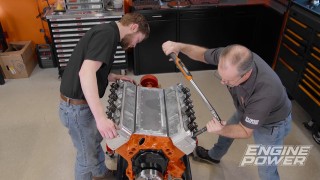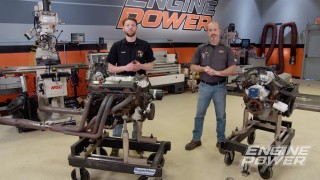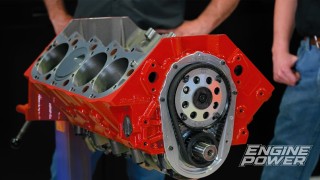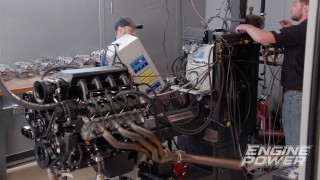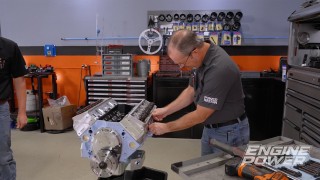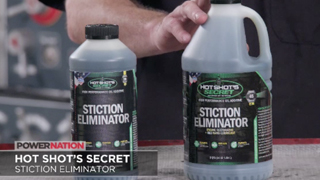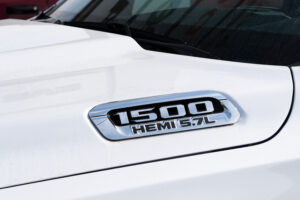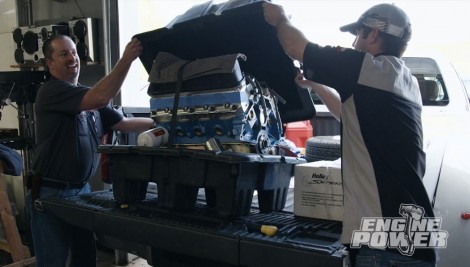
A Little Science + A Little Money = Triple the Power?
Building a 363ci race bullet that can take hours of track punishment, Mike and Pat dial in a small block Ford engine delivering almost triple the power for an endurance race team.
Season 6
Episode 13


